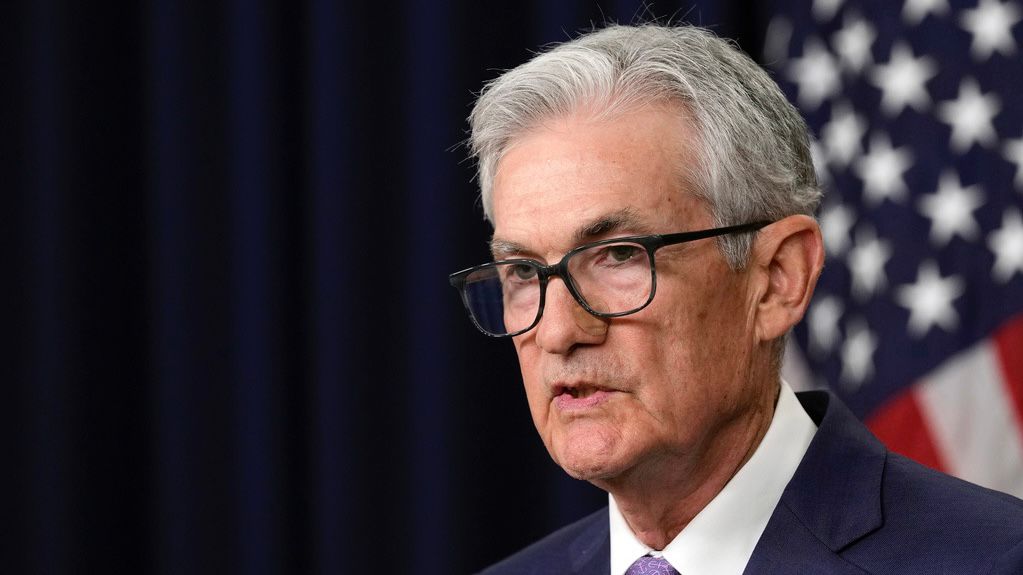Federal Reserve Chairman Jerome Powell reiterated his long-held stance that interest rates will remain unchanged until the economy has made considerable progress toward its 2% inflation goal.
Powell made the comments Tuesday during his presentation of the Fed’s semiannual Monetary Police Report to the Senate Committee on Banking, Housing and Urban Affairs.
“Today, I am not sending any signals about the timing of future actions,” he said when asked point blank about when interest rates will be lowered.
He said it was unlikely the Fed’s next policy move would be a rate increase. The likely direction is loosening policy, or reducing rates, “at the right moment” as the Fed makes more progress on inflation and as the labor market remains strong.
“The Federal Reserve remains squarely focused on our dual mandate to promote maximum employment and stable prices for the benefit of the American people,” he said.
While inflation has eased over the past two years, the latest personal consumption expenditures price reading was 2.6% for the 12 months ending in May and is above the Fed’s longer-term goal of 2%.
The rate of consumer spending also slowed in the first half of the year but remains solid, Powell said. Unemployment continued to be low at 4.1% in June, with payroll gains averaging 222,000 jobs per month over the first half of the year and an increasing supply of workers through immigration and increased labor force participation among 25- to 54-year-olds.
Since last July, the Fed has kept its funds rate at 5.25 to 5.5% while also reducing its securities holdings. The result is that the economy’s demand and supply conditions are in better balance, helping to put downward pressure on inflation, he said.
“We continue to make decisions meeting by meeting. We know that reducing policy restraint too soon or too much could stall or even reverse the progress that we’ve seen on inflation,” he said.
He also acknowledged that reducing rates too late or by too little could also weaken economic activity and employment.
He said the American economy is outperforming every other advanced economy that also has a central bank. He attributed U.S. economic success to 40 years of 2% annual productivity increases compared with 1% annual increases in Europe, as well as financing systems that can fund early-stage businesses. That combination has helped the U.S. economy be more innovative and flexible and grow more quickly.
During almost two hours of testimony, Powell was repeatedly asked about high interest rates’ effect on housing affordability, as mortgage rates hover near 7% and housing prices continue to increase.
“The best thing we can do is get inflation under control so rates can come back down so we can have a more normalized set of rates and a more normalized housing system,” he said, while acknowledging that even after rates are cut, a housing shortage will remain. Policies to increase housing supply, however, “are not in the hands of the Fed but state and federal legislatures.”



